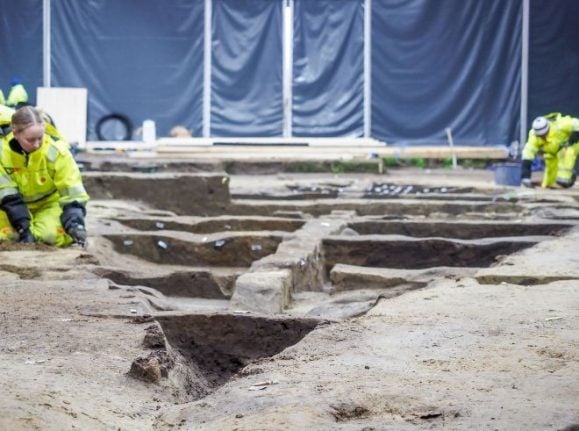“This is tragic for everyone involved. She’s fighting for something she belives in. At the same time her mother deserves being buried and finding peace,” said Tor Frylmark, Sundsvall’s Parish Dean, to local newspaper Dagbladet.
The frozen woman was ninety years old when she died in hospital, in Sundsvall, eastern Sweden.
Her daughter claims that no one tried to resuscitate her mother before her death, and that she was given the wrong kind of medicine during her last days alive.
However, doctors have refused to autopsy the woman as they claim it is clear that she died of a cardiac arrest and that there is nothing more that can be done.
The woman has remained frozen at a crematorium in Sköns parish in Sundsvall, pending further investigation.
Despite the woman reporting the story to several agencies, she has received no sympathy. The police have even shut down the case, stating that no criminal activity is suspected.
While Frylmark has contacted the daughter, insisting the parish has an “obligation” to bury the dead woman, her daughter continues to disagree.
“It didn’t go so well. It was a short conversation. She didn’t even want to discuss burial,” said Frylmark to the paper.
Local authorities decided to organize the burial of the dead 90-year-old, but the daughter appealed the decision to the county council, where the matter is currently resting.
According to Dagbladet, the woman has also taken the case to the European Court of Human Rights. She claims she will arrange a funeral after hearing the Court’s verdict, reports the paper.


 Please whitelist us to continue reading.
Please whitelist us to continue reading.
Member comments